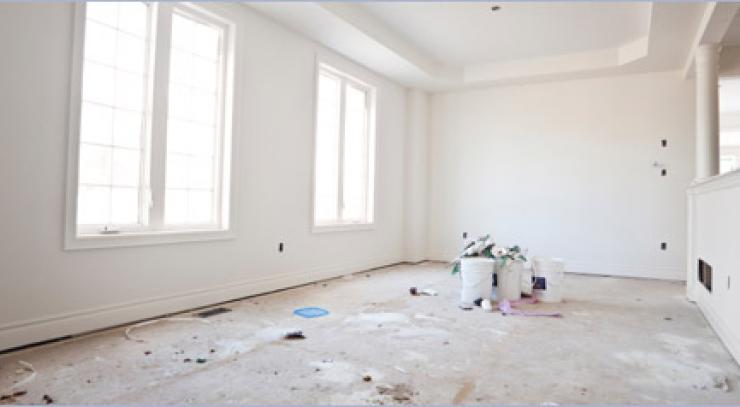Industrial painting projects require precision, expertise, and the right techniques to ensure durable and high-quality finishes. These projects, whether they involve painting a manufacturing facility, a large commercial complex, or heavy machinery, can be vastly different from residential painting jobs. This article explores key strategies to help you achieve professional results in your industrial painting endeavors, ensuring that the work not only meets but exceeds expectations.
Preparation is Key
Before embarking on an industrial painting project, it's essential to grasp its full scope and specific requirements. This involves assessing the types of surfaces to be painted, understanding the environmental factors that could affect the paint application, and identifying the functional demands of the painted surfaces, such as resistance to chemicals or exposure to extreme temperatures. This preparatory step ensures that all aspects of the project are accounted for, from choosing the right materials to planning the necessary safety measures. Detailed planning at this initial stage helps in setting realistic timelines and budgets, paving the way for a smooth execution of the project.
Surface Preparation
The most critical step in ensuring a professional finish is proper surface preparation. This can involve cleaning, degreasing, or sandblasting surfaces to remove old paint, rust, dirt, and other contaminants. A clean, smooth surface will enhance paint adhesion and prolong the durability of the coating. Be meticulous in this stage, as inadequate preparation can lead to poor paint performance and a lackluster finish.
Choosing the Right Materials
Choosing the right paints and coatings is vital for any industrial project, as each environment demands specific properties to ensure durability and functionality. Epoxy coatings are favored for areas that require robust resistance to chemicals and heavy wear, such as factory floors. For external surfaces, polyurethane coatings offer excellent protection against UV rays and weathering, maintaining both color and structural integrity over time. In environments where corrosion is a concern, coatings enriched with zinc are beneficial. Always consider the specific challenges of your project's environment when selecting materials, to ensure maximum longevity and performance of the coating.
Using Professional Grade Tools
The quality of the tools you use can significantly impact the finish of your paint job. High-quality rollers, brushes, and sprayers make application smoother and more uniform. For large-scale industrial projects, airless sprayers are particularly effective as they can cover large areas evenly and quickly, while minimizing paint waste.
Effective Application Techniques
When it comes to application, the mantra should be 'less is more.' Applying multiple thin coats rather than one thick coat not only speeds up drying times but also prevents issues like drips and uneven coverage. Each layer should be given ample time to dry completely before the next is applied, following the manufacturer’s recommendations for drying times and conditions.
Maintaining a Consistent Environment
Environmental conditions play a crucial role in the quality of the finish. Humidity, temperature, and airflow should be controlled as much as possible to prevent defects like blistering or flaking. Ideal conditions vary depending on the type of paint used, so consult technical data sheets for the best results.
Safety and Compliance
Industrial painting often involves hazardous materials and environments. It is essential to comply with all health and safety regulations to protect yourself and others. Use appropriate personal protective equipment (PPE), such as respirators, gloves, and protective eyewear. Ensure good ventilation, especially when using solvent-based paints or coatings.
Environmental Considerations
Be mindful of the environmental impact of your painting project. Use paints with lower volatile organic compounds (VOCs) where possible, and dispose of paint waste according to local regulations. This not only helps protect the environment but can also improve workplace safety by reducing potential health hazards.
Finishing Touches and Quality Control
Regular inspection during the painting process can help catch and correct any issues early. After the project is completed, a thorough inspection should be conducted to ensure the quality and uniformity of the coating. Use adequate lighting and check from different angles to make sure every part of the surface is covered and free of defects.
Ongoing Maintenance
Once the project is complete, establishing a routine maintenance schedule is crucial to preserve the integrity and aesthetics of the paint job. Regular cleaning and touch-ups can significantly extend the life of the coating and prevent costly repairs in the future.
Conclusion
Achieving professional results in industrial painting requires meticulous planning, the right materials, precise application, and a commitment to safety and sustainability. By following these top tips, you can ensure that your industrial painting projects are successful and yield a finish that is both aesthetically pleasing and enduring. Whether you’re a seasoned professional or new to the field, these guidelines will help you deliver quality results that stand the test of time.

















